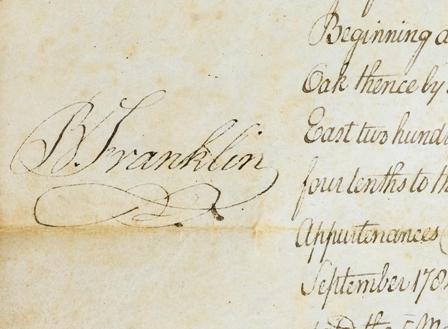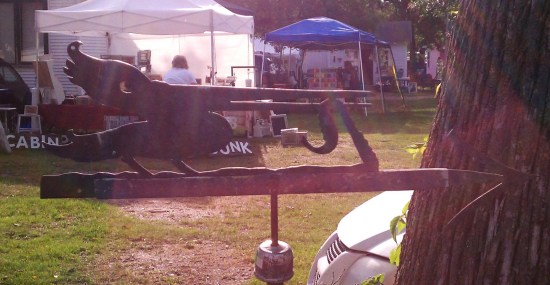Cereal and cereal boxes hold a special place in my heart. They are as familiar as family at the breakfast table. Maybe more so. For when my sister was young, she went through this phase where no one, especially our Dad, was allowed to look at her in the morning. (Some weird Vanessa Huxtable stage — that’s still kind of around. Sorry, Jackie; but you know it’s true!) Besides her yelling in protest, one of her defenses was to place the cereal box in front of her, hunching herself behind it to hide from anyone who might dare glance at her. I don’t think anyone in the family knows exactly what she looked like in the morning during those years… But I readily recognize the cereal boxes from that time today.
My favorite cereal box was — and is — Ralston’s Freakies.
Freakies was a short-lived cereal, produced by Ralston from 1972 to 1976. But the impact of Freakies was huge. That’s because Freakies were more than a cereal; they were seven creatures with a story. Each Freakie, BossMoss Hamhose, Gargle, Cowmumble, Grumble, Goody-Goody, and Snorkeldorf (my favorite).
When little plastic versions of the Freakies started appearing in cereal boxes, I had to have them all. So did my sister — and everyone else under the age of, say, 16 years old.
Funny thing about Freakies; I don’t recall the cereal at all. Not eating it, anyway. I can’t even remember the flavor… I remember the Freakies, their story, and the box (often my sister’s “face,” remember?). But we must have eaten it, or I never would have had the little Freakies themselves. (Did I mention that Mom and Dad were serious about us eating the stuff?) I do remember having and playing with the little plastic Freakies. Sadly, I also remember selling the little Freakies online. It was one of my first big sales on eBay, way back in the marketplace’s early years. I was paid handsomely for them; but today I wish I’d never sold them. *sigh*
The Freakies and their story were the brainchildren of Jackie End. (How freaky is it that the face behind the Freakies had the same name as my sister who hid behind the cereal box?!) Sadly, Jackie End passed away in August of this year. You can read a great tribute to her here.
As a tribute to Jackie End’s wonderful creation, Freakies live on, inspiring cult fandom and collectors. Vintage or retro Freakies stuff sells. Figures, toys, magnets, animation cells, t-shirts, cereal boxes, advertising, and even Freakies cereal coupons are popular enough to make people pay.
I’m not exaggerating the continuing popularity of Freakies. In 1987, a new Freakies cereal was made. Without Jackie End. Now, the characters were aliens from another planet. And there was a change in the cast; while BossMoss and Grumble remained, the other characters were replaced by Hugger, Sweetie, Tooter and Hotdog. (Seriously? No Snorkeldorf?!) But the retro cereal re-do didn’t last long. If they had kept the original Freakies and their creator, maybe that cereal would still be around.
The good news is that you can still get official Freakies merch here, some of it signed by Jackie End herself. That’s because it’s sold at the official Freakies website, started by Jackie herself, where they are carrying on Jackie’s legacy. And that’s pretty sweet.
Now, if only I could get myself a vintage Freakies cereal box (with at least Snorkeldorf, please?) before the holidays… I’d love to set it in front of my sister during breakfast. (That’s a hint, Santa.)
Image Credits: Freakies Cereal box, 1973, and Freakies collection via Gregg Koenig.
Seven Freakies Cereal Premium Figures from Rob’s Vintage Toys & Collectibles.
Freakies Goods, t-shirts and Wacky Wobbler, from the official Freakies website.





































































































